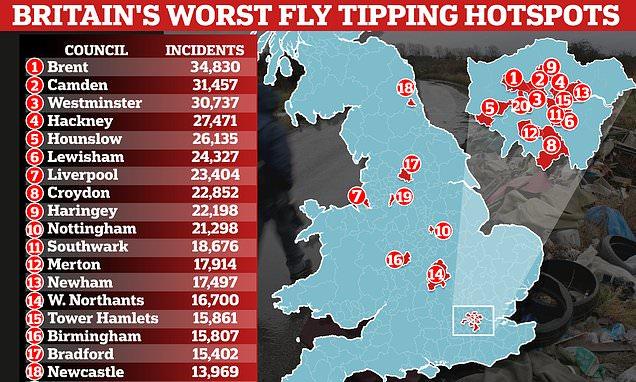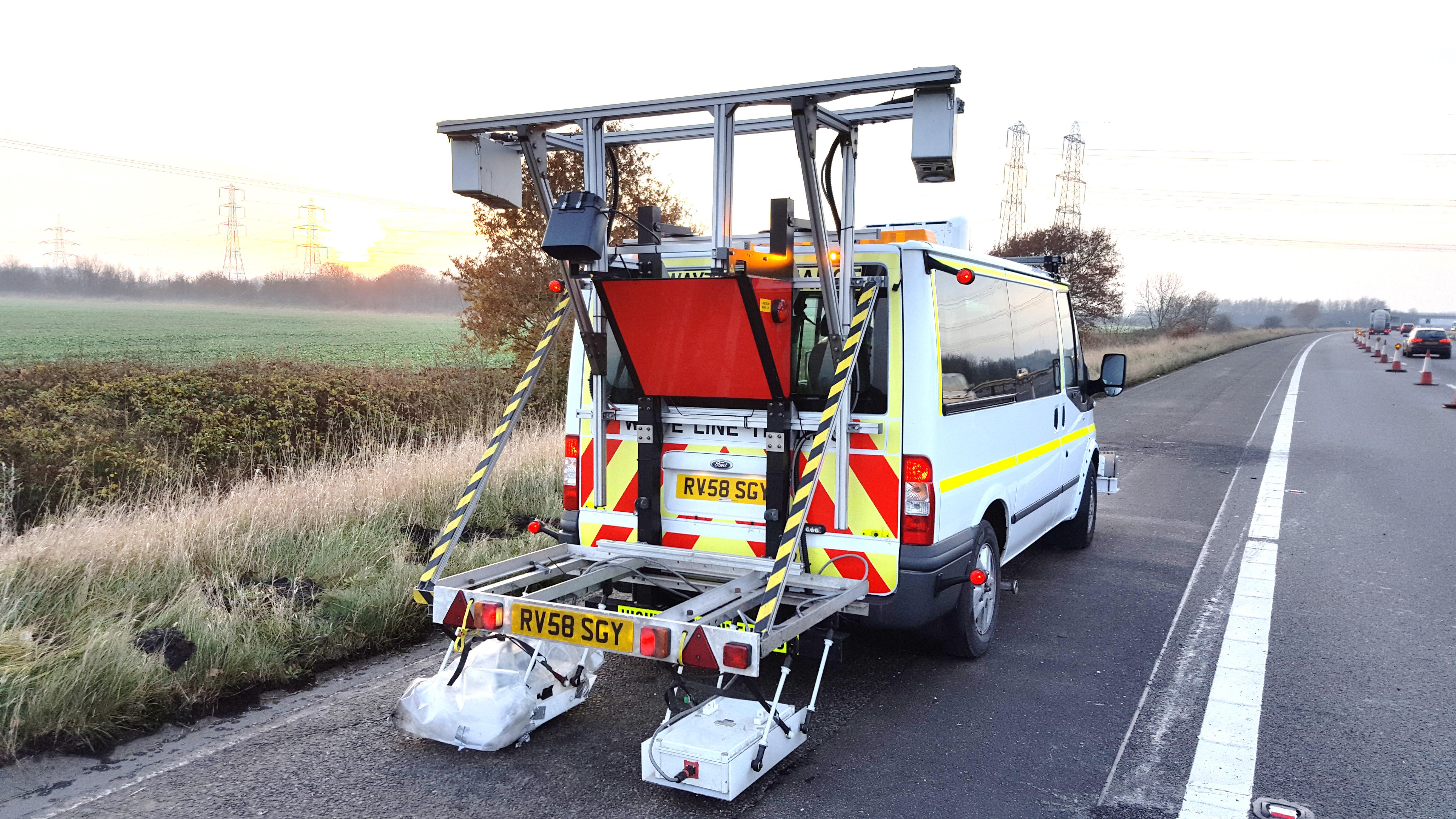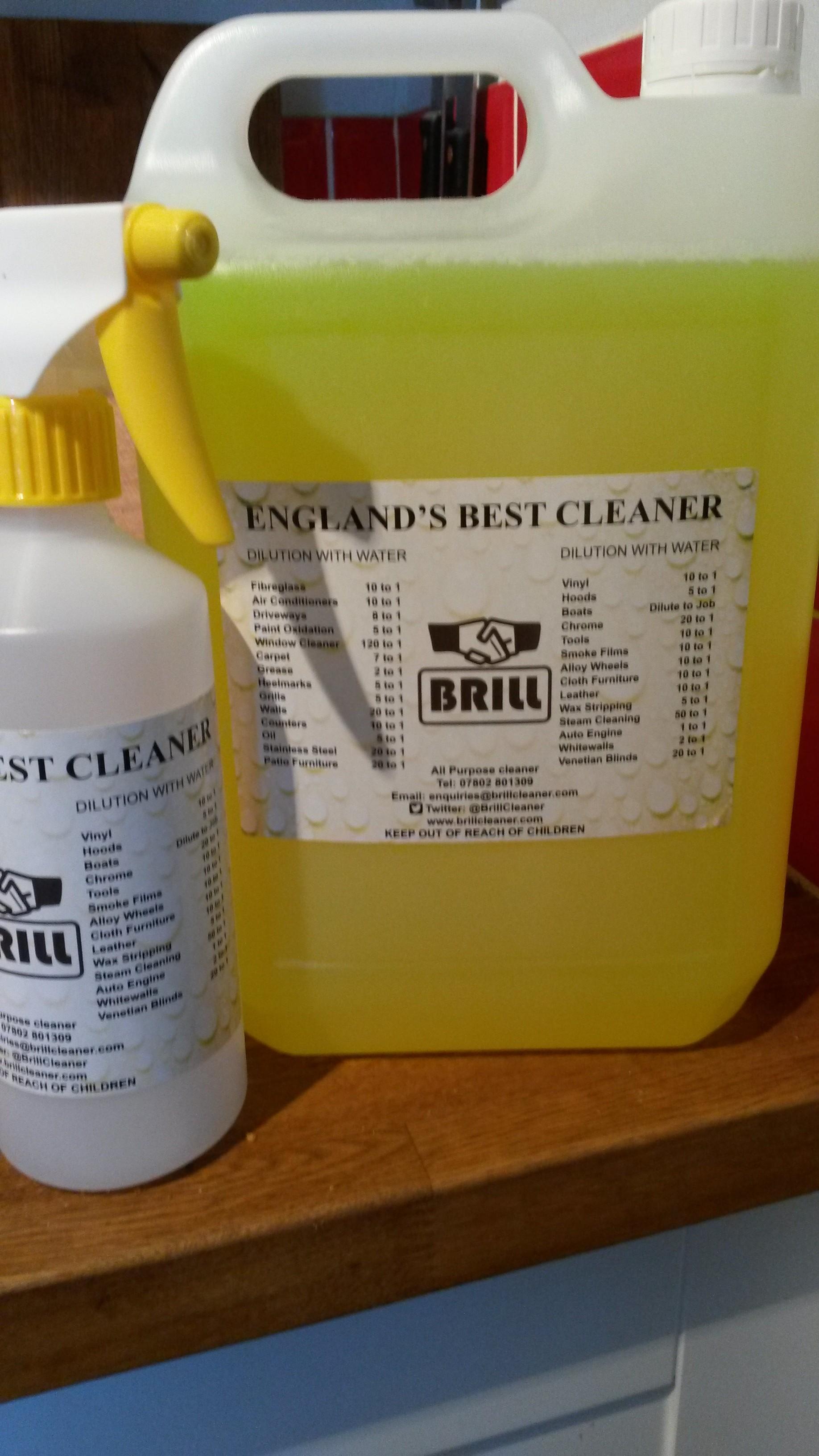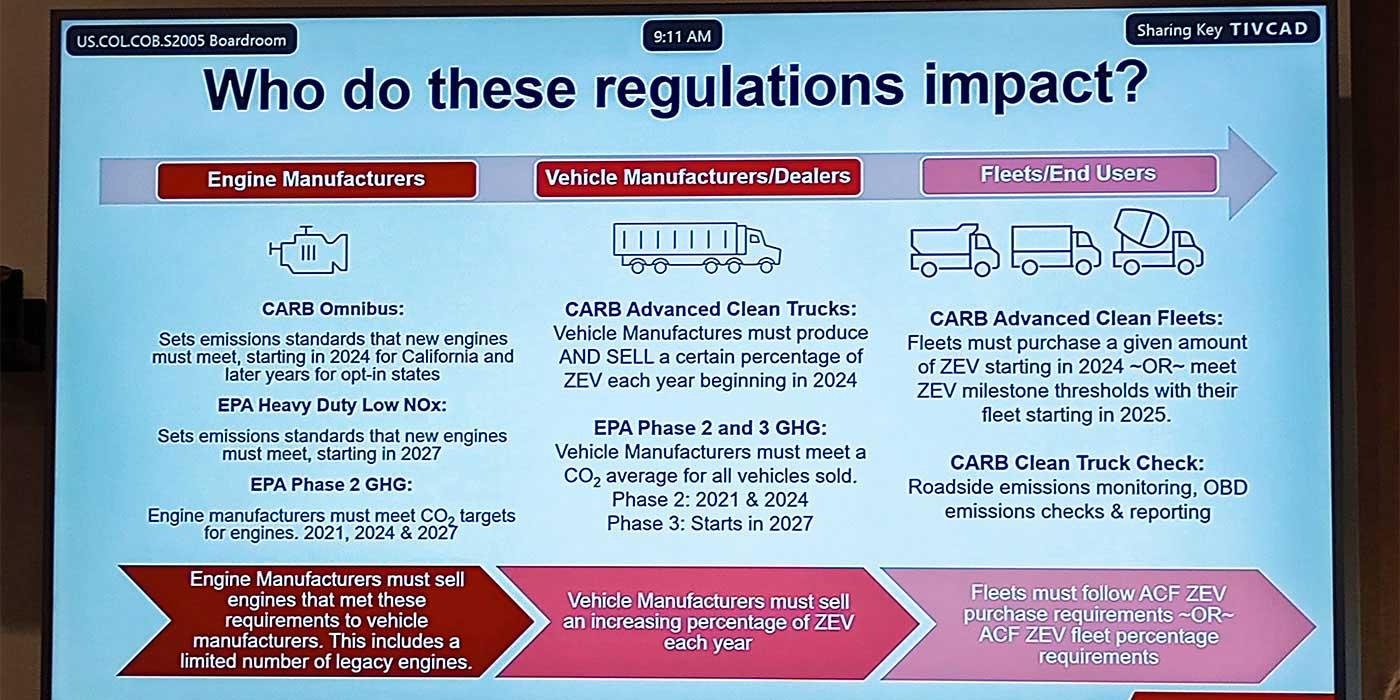
At first light in England, cleaning begins long before most alarms. Street sweepers trace quiet arcs along market squares, refuse lorries shoulder past terrace houses, and the soft percussion of brushes, hoses, and vacuums threads through lanes, platforms, and corridors. From salt-licked harbors to commuter concourses, an often-invisible choreography restores surfaces to a working order, preparing the day’s stage for millions of routines.
This article looks at “cleaning England” in the widest sense: kitchens and care wards, school halls and stadiums, heritage stone and digital clean rooms; litter-picks on village greens and storm drains under Victorian streets; the tidelines of the North Sea and the air inside rush-hour carriages. It follows the people, systems, and standards that keep these spaces usable-contractors and volunteers, regulations and procurement, detergents and data. It examines the pressures shaping the work, from aging infrastructure and seasonal tourism to new pathogens, microplastics, and tighter budgets. It considers tools in flux: greener chemistry, robotics, sensors, reuse schemes, and the circular economy’s promise to reduce waste before it needs a broom.
Rather than arguing for a single ideal of “clean,” we ask how cleanliness is defined, measured, maintained, and paid for-and what those choices reveal about health, equity, heritage, and climate in contemporary England.
Table of Contents
- Mapping litter hotspots across England and targeting interventions with data
- Building reliable infrastructure bin density recycling consistency and maintenance standards
- Engaging residents schools and businesses with year round incentives and clear roles
- Policy and procurement actions extended producer responsibility clean fleets and river protections
- The Conclusion
Mapping litter hotspots across England and targeting interventions with data
England’s streets tell a story in patterns: footfall peaks, windy corridors, takeaway clusters, and commuter interchanges. By fusing council incident logs, open transport flows, and smart-bin fill rates, we create street-segment heat layers that highlight persistent clusters and seasonal spikes. Geospatial clustering surfaces stable nodes, while temporal analysis reveals when surges occur-lunchtime, match days, or school-dismissal windows. With privacy-first aggregation, context-aware heatmaps, and equity checks to avoid overlooking underserved areas, local teams can see not only where litter accumulates but why it persists.
- Data inputs: council reports, community apps, smart-bin sensors, sweeper GPS traces
- Analytic layers: hotspot scoring, trend alerts, meteorology overlay, event calendars
- Risk factors: takeaway density, traffic volume, bus stops, pedestrian pinch points
- Safeguards: anonymisation, bias audits, open dashboards, reproducible methods
| Area | Hotspot type | Peak time | Action |
|---|---|---|---|
| Leeds Centre | Takeaway arc | 12-14h | Timed sweeps |
| East London | School routes | 15-16h | Bin upsizing |
| Birmingham | Retail park | Sat PM | Pop-up crews |
| Brighton | Seafront | Sunny days | Beach signage |
| Bristol | Park loops | Evenings | Route tweaks |
Targeted action follows the signal: pre-emptive sweeps before expected surges, right-sized bins where overflow is chronic, and nudge design (clear iconography, proximity bins) at high-friction spots. Dynamic routing reduces mileage and emissions, while weekend pop-up crews and community micro-grants cover short, intense peaks. A simple feedback loop-before/after audits, litter per 100m metrics, and micro-trials across comparable streets-ensures each intervention is evaluated and scaled only when it works. Publishing concise dashboards sustains public trust and helps councils coordinate resources where they achieve the greatest impact.
Building reliable infrastructure bin density recycling consistency and maintenance standards
Reliability starts with the ground plan: place containers where people actually walk, pause, and purchase. Use footfall data from high streets, transport hubs, and seafronts to set bin density targets, then standardise dimensions, apertures, and colour codes to support recycling consistency across borough boundaries. In busy corridors, aim for sightline spacing so that a bin is visible every 30-50 metres; in parks and market squares, cluster pairs or trios (general waste, mixed recycling, food) with clear, pictogram-led labels and anti-gull lids suited to coastal towns. Weatherproof finishes, anchored bases, and modular parts make maintenance cheaper and faster, while interoperable components simplify procurement when neighbouring authorities share suppliers.
Operational excellence follows design. Publish simple maintenance standards-service windows, response times, and contamination thresholds-and monitor them with route telemetry, fill-level sensors, and spot audits. Keep routines predictable (morning sweep before trade, afternoon check before school release), but allow seasonal flex for events and tourism surges. Embed accessibility in siting-clear pavements, cane-detectable bases, and lower apertures-so the system serves everyone, and feed citizen reports from QR codes straight into your work-order queue for swift fixes and transparent performance.
- Siting rules: bins near doors, stops, benches; avoid blind corners and tree drip-lines.
- Service levels: 95%+ uptime, no visible overflow, first response within 2 working hours.
- Consistency: same colours, icons, and stream names across districts to cut confusion.
- Contamination control: threshold alerts, remedial signage, and trader engagement.
- Repair cadence: minor fixes within 24 hours; swap-outs within 72 hours.
| Area | Bin spacing | Emptying | Streams |
|---|---|---|---|
| City centre | 30-40 m | AM + PM | General + Mixed + Food |
| High street | 40-60 m | Daily | General + Mixed |
| Parks & seafront | Clustered at nodes | AM; midday in season | General + Mixed + Food |
| Transport hubs | At entries/exits | AM + peak | General + Mixed (transparent) |
| Rural lay-bys | Site-specific | Every 2-3 days | General |
Engaging residents schools and businesses with year round incentives and clear roles
A practical, year-long rhythm keeps every street sweeping forward. Set quarterly themes with predictable rewards so residents, pupils, and shopfronts know exactly how to join in and what they’ll gain. Think seasonal mini-grants for equipment, points-for-proof (photo + bag count), and local vouchers funded by participating businesses. Add public recognition-badge stickers for bins, window decals, and a rolling “Clean Champions” board-to make every contribution visible, and use a simple digital hub for sign-ups, reporting, and automatic tallying by postcode.
| Period | Theme | Action | Incentive |
|---|---|---|---|
| Jan-Mar | Hotspot Mapping | Weekend sweep + data pins | Warm drink tokens + badge |
| Apr-Jun | Rivers & Routes | Pathside clean + school compost drive | Mini-grants + field trip credit |
| Jul-Sep | Parks & Play | Picnic litter swap + plastic-free pledge | Local discounts + decal |
| Oct-Dec | High Streets | Deep clean + leaf collection | Spotlight post + toolkit restock |
Clarity turns goodwill into action. Assign simple, visible responsibilities and keep verification light-touch: photo, location, and bag count. Use a shared calendar for events, monthly scoreboards for neighborhoods, and brief end-of-quarter summaries so everyone sees progress without wading through paperwork. Reward consistency as much as volume-small, steady efforts shape cleaner habits and stronger local pride.
- Residents: Adopt-a-spot, log two micro-cleans a month, report overflowing bins via the hub.
- Schools: Host termly litter lessons, class-led audits, and one community clean with parents.
- Local businesses: Maintain frontage, sponsor tokens/discounts, display cleanliness decals.
- Councils/Authorities: Provide kits, scheduled pickups, data dashboards, and swift hazard responses.
- Community groups: Coordinate volunteers, map hotspots, and match new helpers to nearby teams.
Policy and procurement actions extended producer responsibility clean fleets and river protections
Public buyers across England can turn ambition into delivery by aligning tenders with circular-economy signals: make repairable, low-waste goods the default, embed take-back clauses, and price externalities into contracts. Coordinated frameworks accelerate the shift to zero-emission refuse trucks and vans, while works near waterways are tied to catchment safeguards and real-time water-quality thresholds. With clear EPR-modulated fees, zero-tailpipe procurement standards, and pollution-prevention clauses, suppliers are rewarded for circular design, clean logistics, and site practices that keep silt, oils, and plastics out of rivers.
- Require producer-funded collection, eco-design criteria, and digital product passports in framework agreements.
- Prioritise remanufactured components and repair SLAs over replacements.
- Mandate renewable-powered depots, smart routing, and safe battery stewardship for council fleets.
- Apply runoff controls, spill-response drills, and riparian buffer rules to all works near watercourses.
- Publish quarterly take-back rates, fleet emission intensity, and incident logs for transparent oversight.
| Lever | Checkpoint | Benefit |
|---|---|---|
| EPR take‑back | ≥90% collected | Less fly‑tipping |
| Clean fleet share | 60% new ZE/EV | Quieter streets |
| River buffers | 100% 10 m buffer | Healthier habitats |
| Supplier scorecard | Live incident API | Faster fixes |
Accountability drives momentum: contracts can escrow end‑of‑life costs, link bonuses to verified waste reduction, and apply polluter‑pays adjustments for incidents. Standardised datasets-serviceable lifespan, recycled content, tyre and brake emissions, and turbidity readings-anchor fair comparisons and enable small suppliers to compete on evidence, not marketing. Pairing outcomes-based specifications with local skills plans supports remanufacture jobs, while coordinated asset pooling prevents overbuying. The result is procurement that quietly cleans the air, keeps rivers alive, and sends an unmistakable market signal: design for reuse, deliver with clean energy, and leave the water clearer than you found it.
The Conclusion
In the end, cleaning England is less a single campaign than a steady choreography-bins set out and brought back, drains cleared before the rain, hedgerows tended as carefully as high streets. From chalk downs to terraced crescents, the work is both visible and invisible: a crisp verge catching the eye, a filtered outflow quietly protecting a river bend. Progress here isn’t measured in declarations, but in routines that leave little trace-except the absence of litter, the clarity of water, the ease with which pavements invite footsteps.
What endures is the habit. Systems that align-households, councils, crews, and custodians of fields and foreshore-create a cadence that outlasts any headline. Data helps the rhythm hold: routes refined, bins repositioned, budgets mapped to seasons and footfall. Even the smallest choices gather momentum when they repeat.
So the story closes where it began: with ordinary acts that keep extraordinary places livable. England’s landscapes, urban and rural, respond not to grand gestures alone but to the quiet insistence of care. If the country looks cleaner tomorrow than it did today, it will be because the pattern held-tidy as a timetable, flexible as the weather, and carried forward by hands that know the work and keep doing it.





